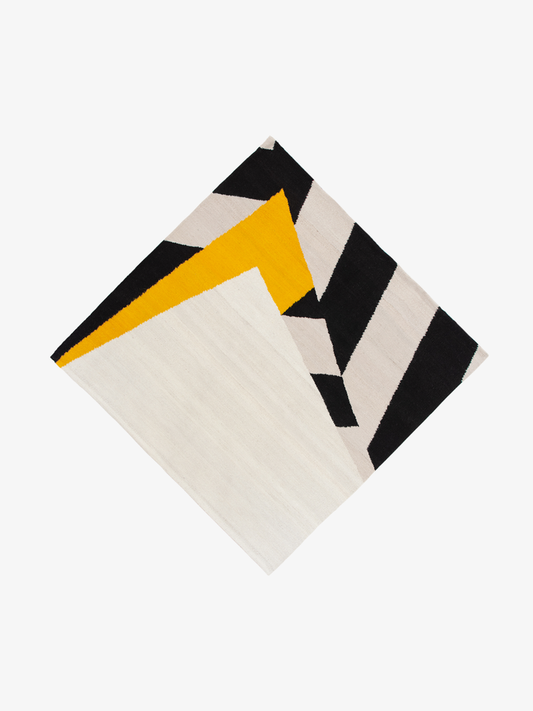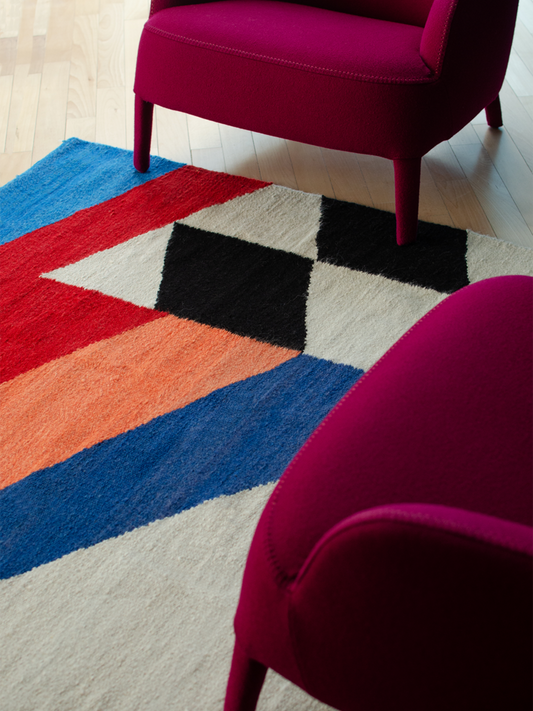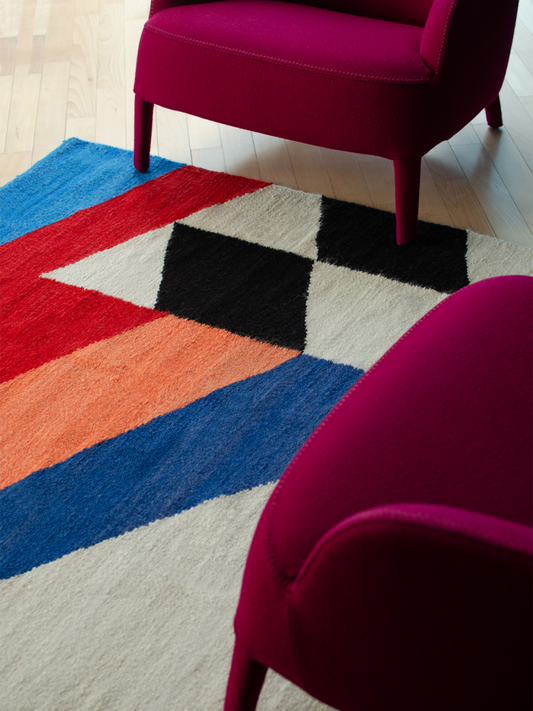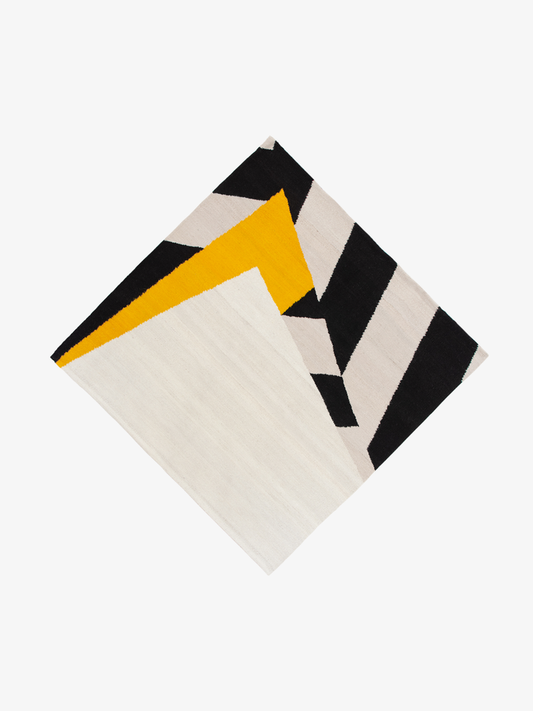kemble-page
-
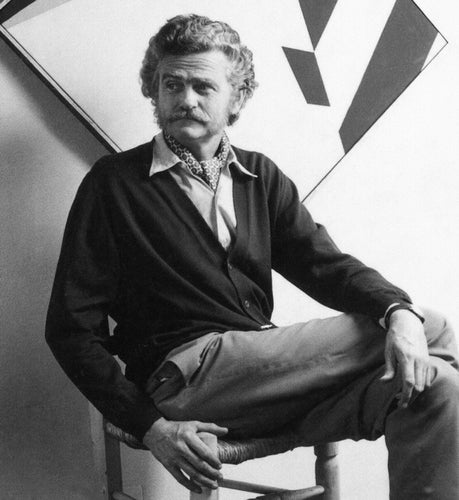
-
Kenneth Kemble (Buenos Aires, 1923 - 1998)
"I started off by painting realistic still lives and landscapes, but was always interested in the expressive possibilities of paint in itself, including form and color".
A key protagonist of a pivotal moment for Argentine art in the late 50s to early 60s, who contributed to disruptive ideas such as the disintegration of the traditional artistic object. He began to study painting in 1950 with Raúl Russo, and in 1951 he attended the André Lothe Academy in Paris.
From 1956 onward, he created a series of collages and paintings made with rags, cloths, cardboard, which were a central part of the artistic language renewal of the time. Between 1958 and 1960, he produced his series of “Suburban Landscapes”: assemblages made with driftwood, tree bark and rusty iron sheets, extracted by him from slums in Córdoba province, Argentina. In 1961 he conceived the Destructive Art exhibition at the Lirolay Gallery, an experience that opened the path for Conceptualism in Argentina, and the avant-garde experiences that would be carried out at the Di Tella Institute and the Center for Art and Communication (CAYC) throughout the 60s and 70s. In 1964 he began a series of geometric paintings, placed in a rhombus position, with hard-edge shapes whose expressive force resides in the power of color.
In 1972 he won the first prize in Painting at the Salon Manuel Belgrano. The Argentine Association of Art Critics awarded him as Best teacher (1983) and Best artist of the year (1985). He received the national Grand Honor Award (1994), and had three major retrospectives: the first one in the Buenos Aires Museum of Modern Art (1963), another at the National Exhibition Galleries (1995) and the latest at the Recoleta Cultural Center (1998), entitled The Great Breakthrough, Works (1956-1963).
-
Kemble Kenneth, Yellow Diamond.
Regular price $2,550.00 USDRegular priceUnit price per$3,000.00 USDSale price $2,550.00 USDSale -
Kemble Kenneth, Rainbow Diamond.
Regular price $1,700.00 USDRegular priceUnit price per$2,000.00 USDSale price $1,700.00 USDSale -
Kemble Kenneth, Rainbow Diamond
Regular price From $2,000.00 USDRegular priceUnit price per -
Kemble Kenneth, Yellow Diamond
Regular price From $2,000.00 USDRegular priceUnit price per


